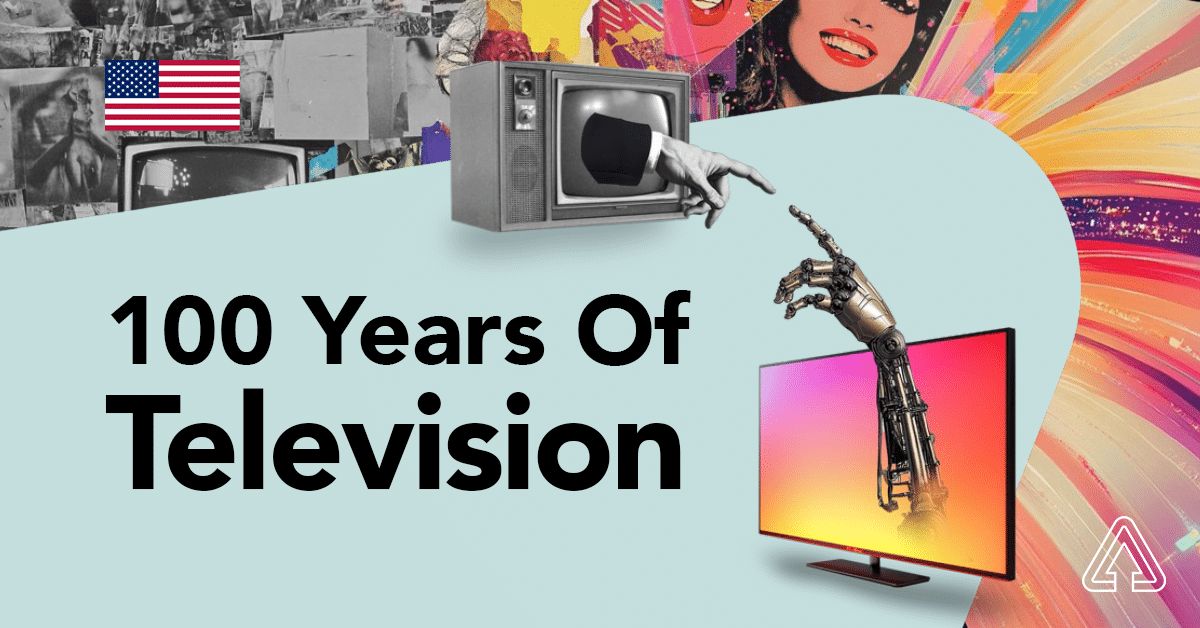Picture this: An intimate gathering of 50 leaders in advertising and marketing, sharing their insights and strategies in a non-competitive setting. Sounds like a dream, right? Brand Innovators makes it a reality, hosting Marketing Innovation sessions for leaders to share knowledge that can help them improve and scale their businesses.
Trisha Tomaszewski, TripleLift’s VP of Brand Strategy and Activation, recently attended Brand Innovators Dallas. Here, she gives us her top insights from the powerful event:
1. More than ever, now is the time for brands to be human and vulnerable.
“How do you develop a monogamous relationship with your consumer?” That was a question posed by Carlos Fonseca, Senior Vice President of Marketing Science, MetLife. A relationship may sound extreme, but as brands strive to differentiate themselves in the age of new media, they’ll need to feel less like a brand selling a thing, and more like an accessible participant in a two-way conversation. That means listening as much as talking, and responding with only thoughtful feedback. Discussions in the panel began to incorporate Brene Brown’s power of vulnerability — echoing the idea that being open can help brands build long-lasting trust with an audience. As President and Chief Creative Officer of New Honor Society, Heidi Singleton, best articulated, “We have a civic, or human, duty to care for the consumers rather than just sell a product.”
2. The next generation of CMOs doesn’t look like what you’d expect.
Because marketing exists within a creative realm, CMOs have often been considered mainly creative types — but we’re seeing major shifts in skill sets. As tech functionality becomes an intrinsic part of communication, more marketers are also experts in analytics and technology. Wade Allen, of Brinker International, serves as both the brand’s SVP Chief Digital Officer and CIO, focusing on the role that tech plays on the brand side and agency side. Each time a consumer interacts with a tablet in the brand’s brick-and-mortar locations, it’s an experience Wade was responsible for. It was critical for him to understand how other areas of the customer experience could make marketing more effective. For the next generation of CMOs, it will be critical to be a “utility player” — well-rounded in multiple disciplines like storytelling, analytics, and technology, and integrating them into your everyday work.
Janelle Anderson, VP, Global Marketing for American Airlines, chose her role because she wouldn’t only be in charge of marketing, but also in charge of customer experience. For her, “marketing isn’t just a function. It’s all about customer experience.” Having insight in both departments strengthens the overall brand marketing and gives her more control for making sure they’re always in line.
3. Brands increasingly want to know exactly how their money is being spent.
For brands these days, overall results aren’t enough. As technology offers advancements in attribution, curiosity is driving brands to have deeper relationships with their agencies and partners. They want to know on a more granular level how their large budgets are being spent, and want one central place to monitor it all. This call for transparency isn’t about distrust, but rather about gaining deeper insight the brand can use across its business functions. Agencies should be ready to deliver on these asks.
4. When it comes to technology, “new” is less important than “focused.”
The typical, “What’s next in the industry?” question came up. But Trisha saw that often we have to reflect on the technology we’re using and see if it’s actually optimized to engage. Roshen Matthew, AVP of Digital Media & Emerging Technology at AT&T, encouraged the room to go deeper with technology partners and leverage them better, rather than focusing on always doing something new. John Stancliffe, Lead Online Marketing Manager – Video & YouTube at AT&T echoed that, saying that often videos can be made more effective by simply customizing not only the end card, but also different points throughout the video to make them actionable. Using technology should be a means to understanding how to anticipate and fulfill a consumer’s need.
5. It may be time to discover your brand’s literal voice.
Audio technology is increasingly integrated into every technology experience. Janelle Anderson reminds us that with the shift to voice technology also comes the challenge for brands to find their “sonic voice” with respect to this new digital age. And ultimately, the challenge of how to stay human.







